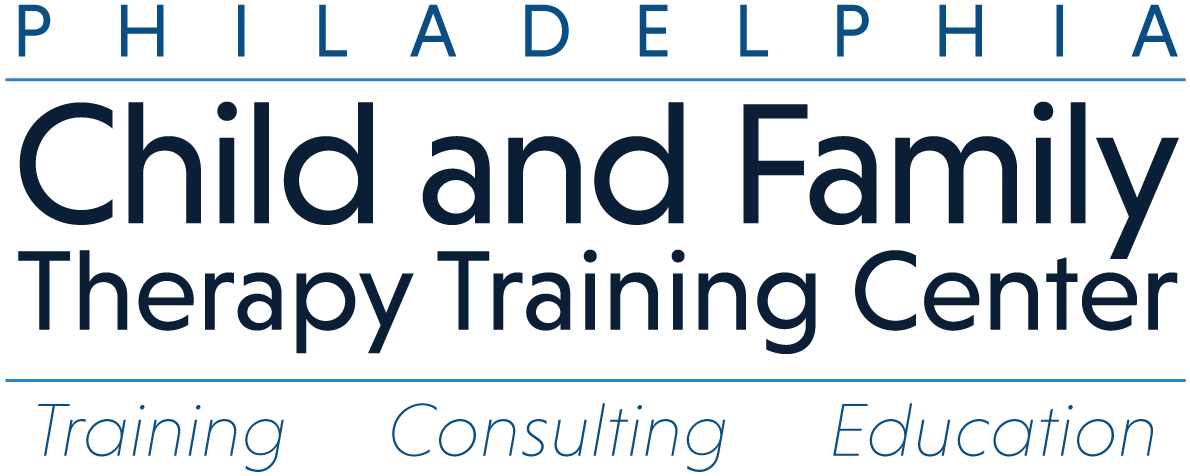
Home Alone: A Perfect Movie for Practicing Family Assessment Tools
The 1990 classic Home Alone isn’t just a beloved holiday movie—it’s also a surprisingly effective way to practice family assessment tools. While the film’s focus is on an 8-year-old boy named Kevin, left behind during the holiday chaos, it offers a clear depiction of family dynamics, relational challenges, and conflict resolution, all of which are key aspects of family therapy.
- Systemic Family Dynamics: The McCallister family is a perfect example of a system that’s slightly dysfunctional. As the story progresses, we can assess the relationships between various family members. Kevin’s relationship with his parents and siblings displays both systemic challenges and opportunities for growth. The chaotic family environment, including misunderstandings and unacknowledged needs, mirrors real-world family dynamics in therapy.
- Communication Patterns: One of the most prominent family therapy tools is the evaluation of communication patterns. In the movie, communication breakdowns, like Kevin not being heard or taken seriously, demonstrate how important it is for families to develop open and effective communication strategies. By examining these patterns, therapists can gain insights into how members interact, ignore each other’s needs, and fail to listen.
- Coping Mechanisms: Kevin’s journey is one of emotional and physical survival, but it also reveals how family members cope with stress differently. The McCallisters, especially the parents, struggle to manage stress, and Kevin’s solution is both resourceful and humorous. As a family therapist, observing how individuals cope with anxiety, pressure, or chaos can help guide conversations around healthy coping strategies.
- Parental Leadership and Attachment: Throughout the movie, Kevin’s relationship with his parents (and especially with his mother) is crucial. We can analyze how parental leadership affects attachment and security. Kevin’s mother’s eventual realization of her neglect and her need to be with him demonstrates the importance of parental reflection and intervention.
- Co-Regulation and Family Resilience: As the story concludes, we see the McCallister family come together, reinforcing the idea of resilience. The reunion emphasizes the importance of co-regulation, where family members help each other restore balance and emotional equilibrium. Family therapy often focuses on this idea—how families can navigate crises and emerge stronger by supporting each other through healthy emotional regulation.
Incorporating these family assessment tools while watching Home Alone offers an engaging way to reflect on family systems, communication, and resilience. It’s a reminder that behind the humor and slapstick, the heart of the story is about reconnecting and understanding family bonds—a valuable lesson for both therapists and families alike.



Leave a Reply